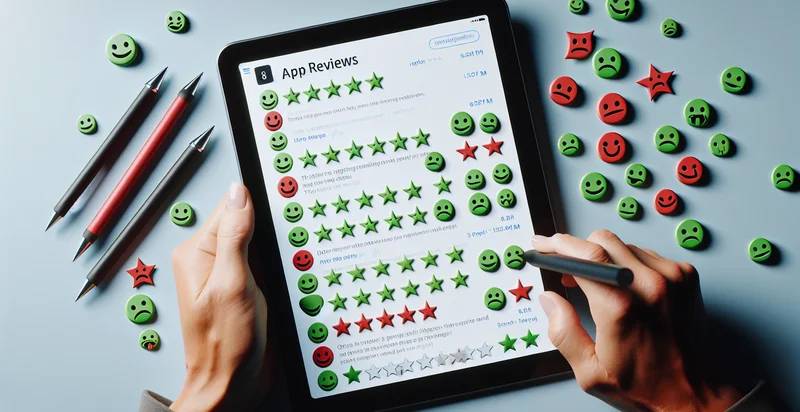Identify ad sentiment analysis
using AI
Below is a free classifier to identify ad sentiment analysis. Just upload your image, and our AI will predict the sentiment of the advertisement. - in just seconds.

Contact us for API access
Or, use Nyckel to build highly-accurate custom classifiers in just minutes. No PhD required.
Get started
import nyckel
credentials = nyckel.Credentials("YOUR_CLIENT_ID", "YOUR_CLIENT_SECRET")
nyckel.invoke("ad-sentiment-analysis", "your_image_url", credentials)
fetch('https://www.nyckel.com/v1/functions/ad-sentiment-analysis/invoke', {
method: 'POST',
headers: {
'Authorization': 'Bearer ' + 'YOUR_BEARER_TOKEN',
'Content-Type': 'application/json',
},
body: JSON.stringify(
{"data": "your_image_url"}
)
})
.then(response => response.json())
.then(data => console.log(data));
curl -X POST \
-H "Content-Type: application/json" \
-H "Authorization: Bearer YOUR_BEARER_TOKEN" \
-d '{"data": "your_image_url"}' \
https://www.nyckel.com/v1/functions/ad-sentiment-analysis/invoke
How this classifier works
To start, upload your image. Our AI tool will then predict the sentiment of the advertisement..
This pretrained image model uses a Nyckel-created dataset and has 11 labels, including Mixed, Negative, Neutral, Overwhelmingly Negative, Overwhelmingly Positive, Positive, Slightly Negative, Slightly Positive, Unspecified and Very Negative.
We'll also show a confidence score (the higher the number, the more confident the AI model is around the sentiment of the advertisement.).
Whether you're just curious or building ad sentiment analysis detection into your application, we hope our classifier proves helpful.
Related Classifiers
Need to identify ad sentiment analysis at scale?
Get API or Zapier access to this classifier for free. It's perfect for:
- Brand Monitoring: Businesses can use ad sentiment analysis to track how their brand is perceived online through social media and other platforms. By identifying the overall sentiment in user-generated content, companies can adjust their marketing strategies and improve brand reputation as necessary.
- Campaign Performance Evaluation: Marketers can leverage ad sentiment analysis to assess the effectiveness of advertising campaigns. By analyzing the sentiment associated with ads, companies can determine which messages resonate with their audience and optimize future campaigns accordingly.
- Competitive Analysis: Organizations can use sentiment analysis to benchmark their performance against competitors. By analyzing public sentiment towards competitors’ advertisements, businesses can uncover strengths and weaknesses in their competitors’ approaches to inform their own strategies.
- Targeted Outreach: Companies can tailor their outreach strategies based on the sentiment analysis of specific segments. For example, analyzing sentiment from different demographic groups allows for personalized marketing messages aimed at improving engagement and conversion rates.
- Crisis Management: Ad sentiment analysis can serve as an early warning system for potential public relations crises. By monitoring negative sentiment trends, companies can take proactive measures to address issues before they escalate and impact brand reputation.
- Product Development Feedback: Businesses can utilize sentiment analysis to gather insights from ad campaigns and user feedback. This information can help identify what features or attributes resonate positively with customers, guiding product development in alignment with consumer preferences.
- Advertising Spend Optimization: By analyzing sentiment associated with different ad placements and formats, organizations can optimize their advertising budget. Identifying high-performing ads that generate positive sentiment can lead to more efficient allocation of resources for future advertising efforts.


